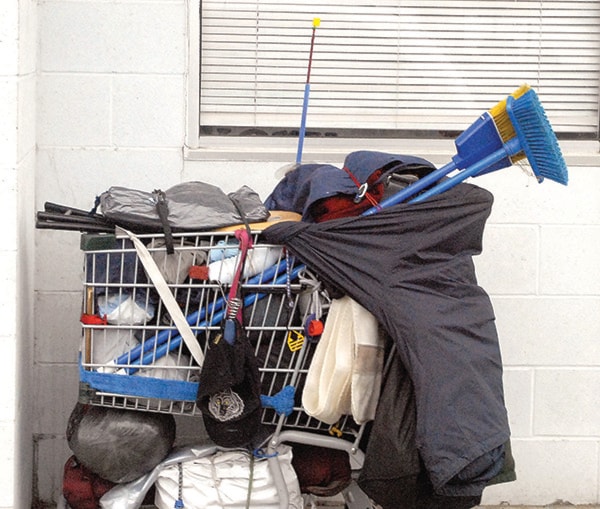Local governments and service providers will get a sense of how many more people are living without a home in Abbotsford this coming spring.
March 8, 2017 has been set as the date for the next point-in-time homeless count, which takes place every three years across the Fraser Valley and Metro Vancouver and attempts to determine how many people don’t have a place to call their own, as well as their demographic profile.
The last homeless count, in 2014, found 151 people were homeless, although survey co-ordinator Ron van Wyk said the survey isn’t able to count every single homeless person. That was up from 2011, but still lower than 2008, when 235 individuals were counted.
Organizers for the counts are currently planning on how and where to go about trying to count every homeless person in the city. That involves travelling to camps in parks and other out-of-the-way places, as well as liaising with service providers and outreach workers in order to speak to men, women and youth who are couch surfing or staying in shelters or transition houses.
A call for volunteers will go out at a later date.
In addition to simply counting the number of men, women and youth, the survey attempts to find out more about the demographics of the homeless population; questions seek to capture how people live, why they are unable to find a home, and how long they have been in Abbotsford.
Van Wyk – who works with Mennonite Central Committee Community Enterprises – said the count is important for service providers to be able to measure the scope of the issue here and give them data that allows them to call for increased resources to help people without a home.
He pointed to operations by the Cyrus Centre – which helps provide shelter for homeless youth – in Chilliwack and Abbotsford as a positive outcome that addressed a need shown by the count.
“It’s always good to be able to back up a discussion about needs with numbers,” he said.
